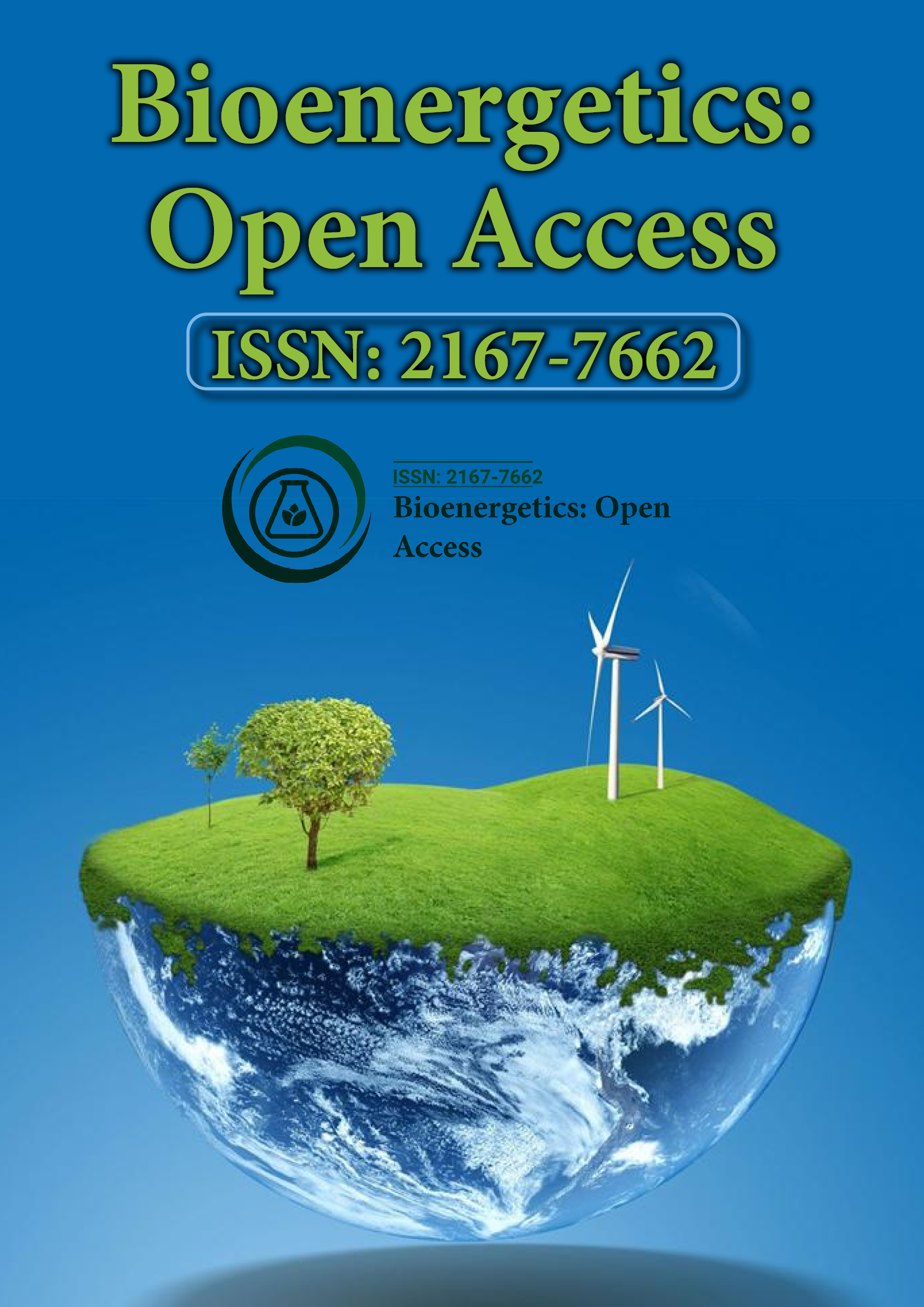Indexed In
- Open J Gate
- Genamics JournalSeek
- Academic Keys
- ResearchBible
- RefSeek
- Directory of Research Journal Indexing (DRJI)
- Hamdard University
- EBSCO A-Z
- OCLC- WorldCat
- Scholarsteer
- Publons
- Euro Pub
- Google Scholar
Useful Links
Share This Page
Journal Flyer

Open Access Journals
- Agri and Aquaculture
- Biochemistry
- Bioinformatics & Systems Biology
- Business & Management
- Chemistry
- Clinical Sciences
- Engineering
- Food & Nutrition
- General Science
- Genetics & Molecular Biology
- Immunology & Microbiology
- Medical Sciences
- Neuroscience & Psychology
- Nursing & Health Care
- Pharmaceutical Sciences
Perspective - (2023) Volume 11, Issue 5
Fish Growth and Survival: Insights from Bioenergetics Models
Daigle Chipps*Received: 18-Aug-2023, Manuscript No. BEG-23-23266; Editor assigned: 21-Aug-2023, Pre QC No. BEG-23-23266 (PQ)); Reviewed: 06-Sep-2023, QC No. BEG-23-23266; Revised: 13-Sep-2023, Manuscript No. BEG-23-23266 (R); Published: 21-Sep-2023, DOI: 10.35248/2167-7662.23.11.229
Description
Fish bioenergetics modelling is a valuable tool in understanding the intricate balance of energy intake and expenditure in aquatic ecosystems. This field of study plays a significant role in fisheries management, conservation, and ecological research. By quantifying the energy dynamics of fish populations, scientists and resource managers can make informed decisions about sustainable harvest levels, habitat restoration, and the overall health of aquatic ecosystems.
Fish bioenergetics modelling is rooted in the fundamental principles of energy flow within aquatic food webs. Just like any other living organism, fish require energy to perform essential functions such as swimming, foraging, reproduction, and growth. This energy is obtained through the consumption of prey, which may include other fish, invertebrates, and plankton.
The basic premise of fish bioenergetics modelling is to quantify how much energy fish acquire through their diet, how much energy they expend on various activities, and how this balance affects their growth and survival. This modelling approach considers factors such as water temperature, fish size, and prey availability, which can significantly influence energy dynamics.
Components of fish bioenergetics modelling
Components of fish bioenergetics modelling includes:
Energy budgets: At the core of fish bioenergetics modeling are energy budgets. These budgets break down the energy that fish gain from food (gross energy intake) and the energy they expend on metabolism, swimming, and other activities. The difference between these two values determines the energy available for growth and reproduction (net energy intake).
Temperature effects: Water temperature is a critical factor in fish bioenergetics modeling. It influences a fish's metabolic rate, feeding activity, and overall energy expenditure. Models often incorporate temperature-dependent equations to account for these effects.
Prey availability: The availability and quality of prey can vary seasonally and spatially in aquatic ecosystems. Models must consider how changes in prey abundance and composition impact a fish population's energy intake.
Fish size and life stage: The energy needs of fish change as they grow and transition through different life stages. Models must account for size-dependent metabolic rates and growth rates.
Applications of fish bioenergetics modeling
The applications of fish bioenergetics modeling are the following:
Fisheries management: Fish bioenergetics models are used to assess the impact of fishing on fish populations. By understanding how fishing mortality affects energy balance and growth, managers can set sustainable harvest levels to prevent overexploitation.
Habitat restoration: Restoring degraded aquatic habitats often involves improving conditions for fish. Bioenergetics models can help predict how changes in habitat quality will affect fish growth and survival, guiding restoration efforts.
Climate change studies: As water temperatures rise due to climate change, bioenergetics models can be used to predict how fish populations will respond to altered thermal regimes and changing prey availability.
Conservation biology: Bioenergetics modelling is invaluable for assessing the health of endangered fish populations and designing recovery plans.
Challenges and future directions
While fish bioenergetics modelling has come a long way, challenges remain. Improving the accuracy of models by incorporating more detailed information on fish behavior and prey dynamics is an ongoing goal. Additionally, models should consider the potential impacts of multiple stressors, such as pollution and habitat loss, on fish energy budgets.
In the future, advancements in technology, such as underwater sensors and tracking devices, will provide more precise data for model input. Moreover, interdisciplinary collaboration between biologists, ecologists, and mathematicians will continue to enhance the sophistication and applicability of fish bioenergetics modelling.
Fish bioenergetics modelling is a powerful tool for understanding the energy dynamics of fish populations in aquatic ecosystems. By quantifying how fish acquire and expend energy, researchers and managers can make informed decisions about fisheries management, habitat restoration, and conservation efforts. As technology and interdisciplinary research advance, the field of fish bioenergetics modelling will continue to provide valuable insights into the complex interactions between fish and their environment, ultimately contributing to the sustainable management of our aquatic resources.
Citation: Chipps D (2023) Fish Growth and Survival: Insights from Bioenergetics Models. J Bio Energetics. 11:229.
Copyright: © 2023 Chipps D. This is an open-access article distributed under the terms of the Creative Commons Attribution License, which permits unrestricted use, distribution, and reproduction in any medium, provided the original author and source are credited.
